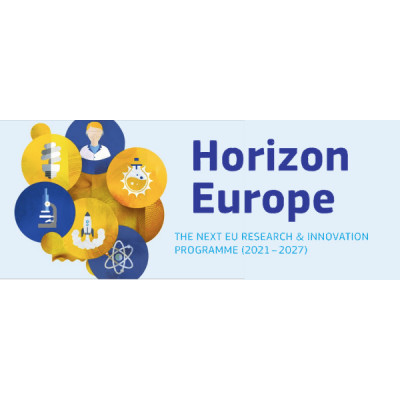Share
Print

Call Updates
Mar 17, 2022 12:38:03 PM
The HORIZON-CL6-2022-FARM2FORK-01 call was closed on 23rd February. 208 proposals have been submitted in response to this call. The breakdown per topic is indicated below:
The evaluation results are expected to be communicated to the applicants in June 2022.
Jan 10, 2022 12:46:28 PM
Please note that the call deadline for all topics under this call has been extended to 23/02/2022, at 17:00:00 Brussels Local Time.
Oct 28, 2021 12:00:15 AM
The submission session is now available for: HORIZON-CL6-2022-FARM2FORK-01-01(HORIZON-RIA)
Risk assessment of new low risk pesticides
TOPIC ID: HORIZON-CL6-2022-FARM2FORK-01-01
Programme: Horizon Europe Framework Programme (HORIZON)
Call: Fair, healthy and environmentally-friendly food systems from primary production to consumption (HORIZON-CL6-2022-FARM2FORK-01)
Type of action: HORIZON-RIA HORIZON Research and Innovation Actions
Type of MGA: HORIZON Action Grant Budget-Based [HORIZON-AG]
Deadline model: single-stage
Planned opening date: 28 October 2021
Deadline date: 15 February 2022 17:00:00 Brussels time
Topic description
ExpectedOutcome:
In line with the farm to fork strategy, for a transition to fair, healthy and resilient EU agriculture and forestry, including an ambitious target of the reduced use of plant protection products, the successful proposal will support research and innovation (R&I) to help agriculture / forestry sectors to remain productive and contribute to sustainable agriculture and forest health.
Project results are expected to contribute to all of the following expected outcomes:
Scope:
Concerns are mounting over the effects of pesticides on the environment, non-target organisms and human health. Member States and EU policies seek to reduce the reliance on chemical pesticides for crop protection through the design and implementation of approaches that are more integrated and include restrictions on the use of several active substances. To ensure the lowest risk to human health and the environment, the development of so-called low-risk substances[1] is encouraged by several regulatory incentives in the EU. However, the changing nature of low-risk plant protection products requires increased capacities in risk assessment. The plant protection products approval and authorization process has to keep pace with scientific and technological developments aiming to advance assessment methods of new low-risk plant protection products.
New products may seek EU market regulatory approval, thus proposals should need to consider and address relevant EU regulatory requirements as well as relevant guidance documents that are to be followed for the specific hazard characterisation and exposure assessment to achieve an appropriate risk assessment.
Proposals should contribute to:
